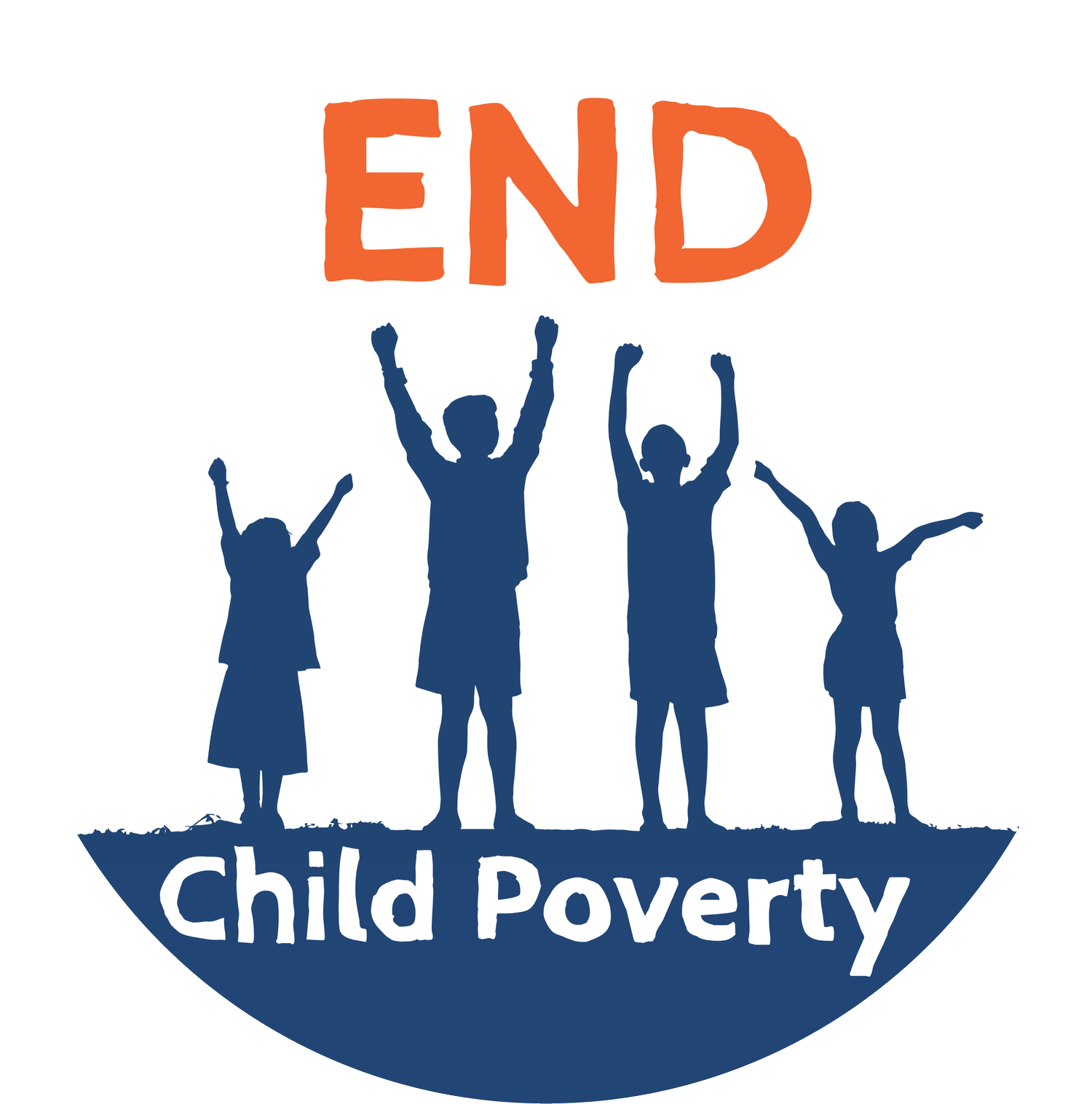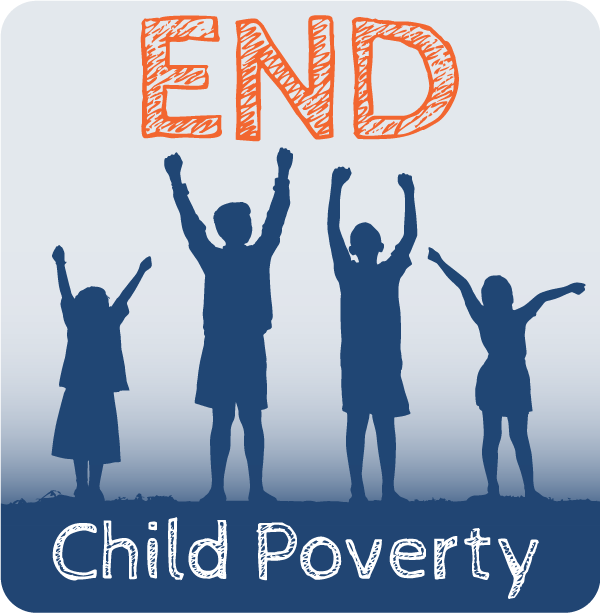Majority of Australians Back Action to Track and Address Child Poverty
MEDIA RELEASE | Friday June 28, 2024
Four in five Australians (83%) want the Federal Government to officially define and measure poverty levels, and for income support payments to be boosted to prevent children from living in poverty, according to new research by the Australia Institute.
The Federal Government has no official definition or measure for tracking and reporting on national poverty levels.
Key Findings:
Four in five Australians (83%) want the Federal Government to regularly measure and report on poverty rates in Australia.
An overwhelming majority of Australians (81%) agree that income support payments should be set at a rate that does not cause any child to live in poverty.
Australians are highly concerned that Australia has a high child poverty rate compared to other developed countries (69%), and about the effects of this on health and lifespan (83%) as well as education and employment (85%).
One in six Australian children (about 761,000 children) live in poverty according to research from ACOSS and UNSW.
The OECD finds that Australia’s youth poverty rate is the 13th-highest among member nations, surpassing the UK, Germany and Canada.
“There is no excuse for a country as rich as Australia to have one in six children growing up in poverty,” said Greg Jericho, Chief Economist at the Australia Institute.
“Adopting an official definition of poverty in line with the OECD or European Union – either half or 60 per cent of median income – would provide important information to inform government policy and would allow public oversight to keep elected representatives accountable.
“Poverty is not too big or too complicated to solve - it’s a question of choice. During the height of the pandemic the Government increased income support and lifted nearly 650,000 Australians, more than a third of them children, out of poverty.
“The Government is choosing not to make structural changes, like permanently increasing income support payments to liveable levels, and we as a society must ask why that is,” said Greg Jericho.
“Children understand when they are living in poverty. They have told researchers, teachers, their parents and their trusted friends. This raises feelings of shame, a loss of belonging and often children report feeling like they are missing out. These feelings can last a lifetime. We also know that childhood poverty often leads to poor physical and mental health, diminished educational outcomes and intergenerational poverty,” said Adj/Prof. Tony Pietropiccolo AM, Director, Centrecare.
“It is necessary to establish a specific Child Poverty Reduction Act so we can address it through a child’s lens. This would deal with the unique, systemic needs of children in poverty.
“The End Child Poverty campaign, through the Valuing Children Initiative, is calling on the Albanese Government to join with us to introduce legislation that would define, measure and report child poverty rates in Australia.
“Through this legislation we would understand the experience of poverty, hunger, homelessness, material and non-material poverty for children. When we understand something, we can address it.”
The Australia Institute is a member of the Australian Polling Council. The polling methodology, long disclosure statement and margin of error for polling questions are included in the appendix of the report. MEDIA CONTACT: David Barnott-Clement 0457 974 636
Valuing Children Initiative MEDIA CONTACT - Sarah Quinton 0439 439 233

